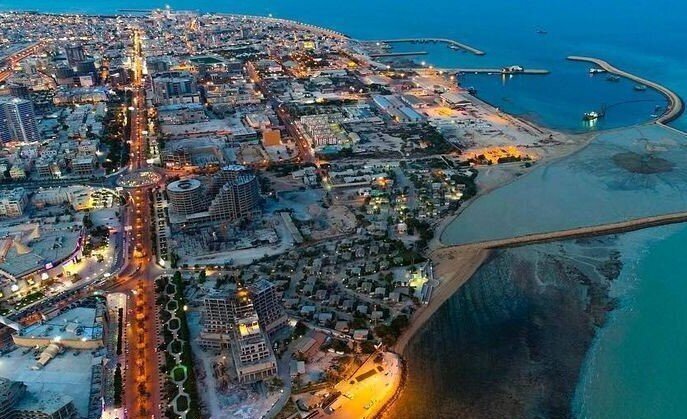TEHRAN – The secretary of the Iranian High Council of Free Zones said that the trade balance of the free zones and special economic zones of the country has been positive for the past three years.
“With the measures taken for the promotion of exports in the country, the trade balance of the free trade area and special economic zones has become positive over the past three years,” said Hamidreza Mo’meni.
Speaking at a meeting of the Bushehr Free Trade Area Strategy Council, Mo’meni said: “However, there are still weaknesses in the first and second generation of free trade areas and special economic zones of the country, which we will try to minimize by improving the infrastructure in these zones.
The official noted that the country’s free zones do not have a comprehensive development plan, which means that managers in each zone act according to their own preferences.
Exports, the transfer of technical knowledge, the attraction of national and foreign investments and the creation of sustainable jobs are among the expectations of free zones, and in order to prepare a comprehensive plan for the development of free zones, these issues should be considered for the next 50 years. years.
Noting that the Bushehr Free Trade Area will be officially inaugurated by President Hassan Rouhani in the near future, he expressed the hope that this free trade area can play a positive role in stimulating trade with the neighbors of the south of the country.
Earlier this month, Mo’meni announced that new free trade zones are expected to be created in the country during the current Iranian calendar year (ending March 20, 2022).
“If we can settle the subject of the comprehensive plans for these zones, I think that by the end of this year, the new free zones will be added to the existing ones,” he said on July 12.
The establishment of free zones in Iran dates back to the Iranian calendar year 1368 (March 1989-March 1990) following the fall in the country’s oil revenues the previous year which prompted the government to promote non-oil exports.
Iran’s first two free trade zones were established in the south of the country. The first was the Kish Free Trade Area established in 1368 on Kish Island in the Persian Gulf and the second was the Qeshm Free Trade Area established the following year on Qeshm Island in the Strait. of Ormuz.
Some five other free trade zones have also been established in the country since then, including Chabahar in the southeast of Sistan-Baluchestan province, Arvand in the southwest of Khuzestan province, Anzali in the north of Gilan Province, Aras in Eastern Azerbaijan Province and Maku in Western Azerbaijan. Province, both in the northwest of the country.
While nearly three decades have passed since the start of the activity of free trade zones in Iran, the planned objectives have not been fully achieved and their development still faces certain obstacles.
The lack of proportionality between the equipment and the objectives, the absence of a national definition of the performance of the free zones, the limited resources for the establishment and the completion of the infrastructures, the absence of overall management between the zones and the incomplete implementation of the zone management law are among the obstacles to the activity and development of free zones in the country.
EF / MA

